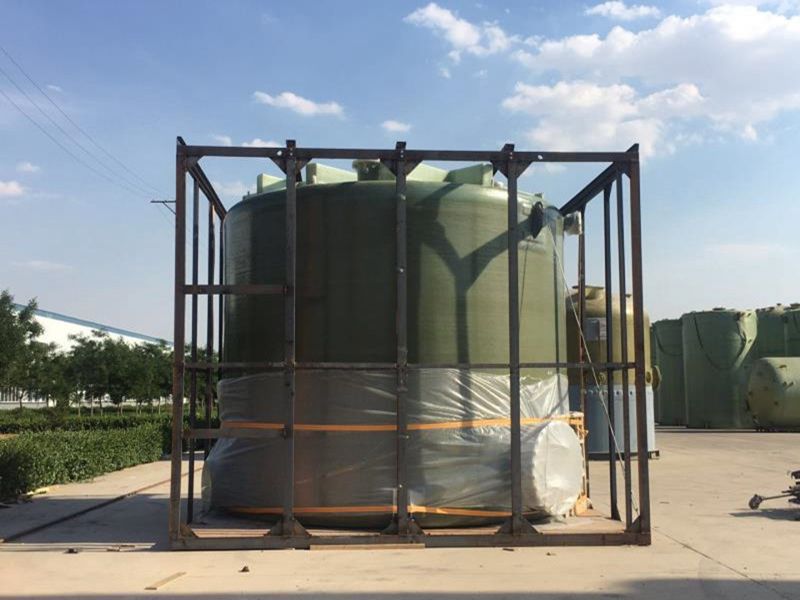
-
 Afrikaans
Afrikaans -
 Albanian
Albanian -
 Amharic
Amharic -
 Arabic
Arabic -
 Armenian
Armenian -
 Azerbaijani
Azerbaijani -
 Basque
Basque -
 Belarusian
Belarusian -
 Bengali
Bengali -
 Bosnian
Bosnian -
 Bulgarian
Bulgarian -
 Catalan
Catalan -
 Cebuano
Cebuano -
 China
China -
 China (Taiwan)
China (Taiwan) -
 Corsican
Corsican -
 Croatian
Croatian -
 Czech
Czech -
 Danish
Danish -
 Dutch
Dutch -
 English
English -
 Esperanto
Esperanto -
 Estonian
Estonian -
 Finnish
Finnish -
 French
French -
 Frisian
Frisian -
 Galician
Galician -
 Georgian
Georgian -
 German
German -
 Greek
Greek -
 Gujarati
Gujarati -
 Haitian Creole
Haitian Creole -
 hausa
hausa -
 hawaiian
hawaiian -
 Hebrew
Hebrew -
 Hindi
Hindi -
 Miao
Miao -
 Hungarian
Hungarian -
 Icelandic
Icelandic -
 igbo
igbo -
 Indonesian
Indonesian -
 irish
irish -
 Italian
Italian -
 Japanese
Japanese -
 Javanese
Javanese -
 Kannada
Kannada -
 kazakh
kazakh -
 Khmer
Khmer -
 Rwandese
Rwandese -
 Korean
Korean -
 Kurdish
Kurdish -
 Kyrgyz
Kyrgyz -
 Lao
Lao -
 Latin
Latin -
 Latvian
Latvian -
 Lithuanian
Lithuanian -
 Luxembourgish
Luxembourgish -
 Macedonian
Macedonian -
 Malgashi
Malgashi -
 Malay
Malay -
 Malayalam
Malayalam -
 Maltese
Maltese -
 Maori
Maori -
 Marathi
Marathi -
 Mongolian
Mongolian -
 Myanmar
Myanmar -
 Nepali
Nepali -
 Norwegian
Norwegian -
 Norwegian
Norwegian -
 Occitan
Occitan -
 Pashto
Pashto -
 Persian
Persian -
 Polish
Polish -
 Portuguese
Portuguese -
 Punjabi
Punjabi -
 Romanian
Romanian -
 Russian
Russian -
 Samoan
Samoan -
 Scottish Gaelic
Scottish Gaelic -
 Serbian
Serbian -
 Sesotho
Sesotho -
 Shona
Shona -
 Sindhi
Sindhi -
 Sinhala
Sinhala -
 Slovak
Slovak -
 Slovenian
Slovenian -
 Somali
Somali -
 Spanish
Spanish -
 Sundanese
Sundanese -
 Swahili
Swahili -
 Swedish
Swedish -
 Tagalog
Tagalog -
 Tajik
Tajik -
 Tamil
Tamil -
 Tatar
Tatar -
 Telugu
Telugu -
 Thai
Thai -
 Turkish
Turkish -
 Turkmen
Turkmen -
 Ukrainian
Ukrainian -
 Urdu
Urdu -
 Uighur
Uighur -
 Uzbek
Uzbek -
 Vietnamese
Vietnamese -
 Welsh
Welsh -
 Bantu
Bantu -
 Yiddish
Yiddish -
 Yoruba
Yoruba -
 Zulu
Zulu
Innovative Solutions for Fast and Reliable Fiber Reinforced Polymer (FRP) Sheets
Understanding FRP Sheets A Comprehensive Overview
Fiber Reinforced Polymer (FRP) sheets have gained significant attention in the construction and engineering sectors due to their unique properties and versatility. These innovative materials, characterized by the combination of a polymer matrix and reinforcing fibers, offer a multitude of advantages over traditional construction materials such as steel and concrete. This article delves into the various aspects of FRP sheets, including their composition, benefits, applications, and future potential in various industries.
Composition of FRP Sheets
At the core of FRP sheets is a polymer matrix that binds the reinforcing fibers together. The most commonly used fibers include glass, carbon, and aramid, each offering distinct mechanical properties. Glass fiber reinforced polymer (GFRP) is particularly popular due to its cost-effectiveness and sufficient strength for various applications. Carbon fiber reinforced polymer (CFRP), while more expensive, provides high strength and lightweight properties, making it suitable for demanding applications. The versatility in fiber selection enables engineers to tailor the material properties to meet specific requirements.
Benefits of FRP Sheets
One of the primary advantages of FRP sheets is their exceptional strength-to-weight ratio. They are significantly lighter than traditional materials, which reduces transportation and installation costs. Furthermore, FRP sheets exhibit excellent resistance to corrosion, moisture, and chemicals, making them ideal for environments that could deteriorate other materials. Their non-conductive nature also makes them suitable for electrical applications. Additionally, FRP sheets can be customized in various colors, improving aesthetic appeal without compromising functionality.
frp sheet

Applications of FRP Sheets
The applications of FRP sheets span numerous industries. In construction and civil engineering, they are often used for strengthening existing structures, such as bridges and buildings, by reinforcing concrete or steel elements. They can also serve as formwork in the construction of buildings due to their lightweight and moldable nature. In the automotive and aerospace industries, CFRP sheets are used to produce lightweight components that enhance fuel efficiency and performance. Other applications include marine, wind energy, and oil and gas industries, where their durability and resistance to harsh environments are advantageous.
Future Potential
The future of FRP sheets appears promising, driven by advancements in manufacturing processes and material science. Innovations in recycling FRP materials are also underway, addressing environmental concerns associated with plastic use. The ongoing research into enhancing the mechanical properties and reducing costs further strengthens the case for increased adoption of FRP in various sectors. As building codes continue to evolve to favor sustainable practices, FRP sheets are likely to become indispensable in modern construction techniques.
Conclusion
In conclusion, FRP sheets represent a significant advancement in material technology, offering a combination of strength, lightweight composition, and resistance to environmental degradation. Their versatility makes them suitable for a wide range of applications, ensuring their growing prevalence in numerous industries. As we continue to explore and harness the potential of FRP sheets, they will undoubtedly play a pivotal role in shaping the future of construction and engineering, promoting sustainability and innovation for generations to come.
Latest news
-
Exploring the Benefits of Top Hammer Drifter Rods for Enhanced Drilling PerformanceNewsJun.10,2025
-
High-Precision Fiberglass Winding Machine for GRP/FRP Pipe Production – Reliable & Efficient SolutionsNewsJun.10,2025
-
FRP Pipes & Fittings for Shipbuilding - Corrosion-Resistant & LightweightNewsJun.09,2025
-
Premium FRP Flooring Solutions Durable & Slip-ResistantNewsJun.09,2025
-
Premium Fiberglass Rectangular Tanks Durable & Lightweight SolutionNewsJun.09,2025
-
Tapered Drill String Design Guide Durable Performance & UsesNewsJun.09,2025









